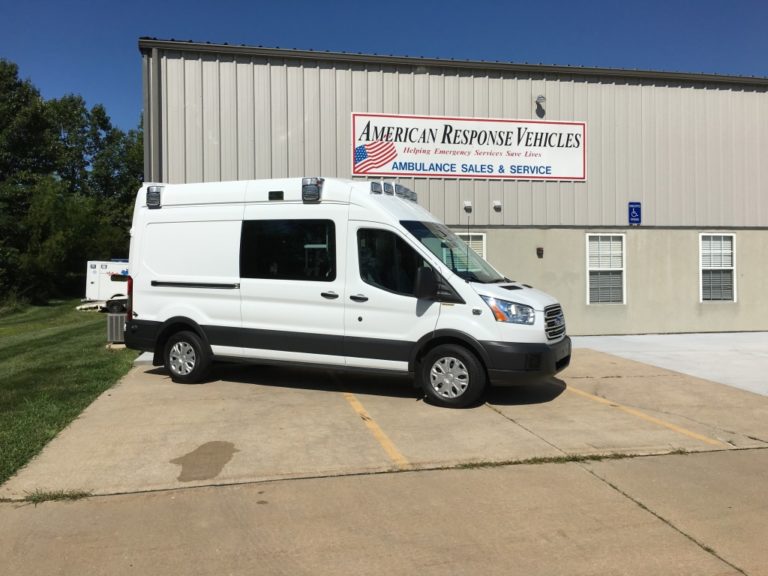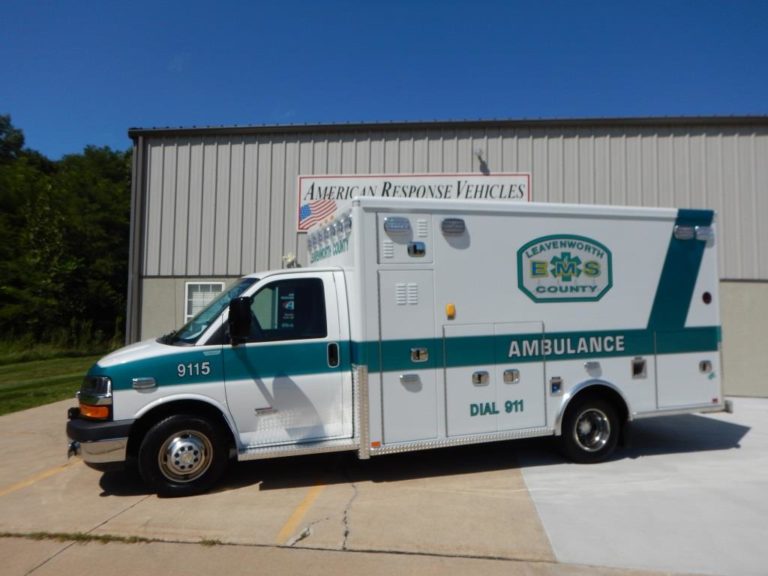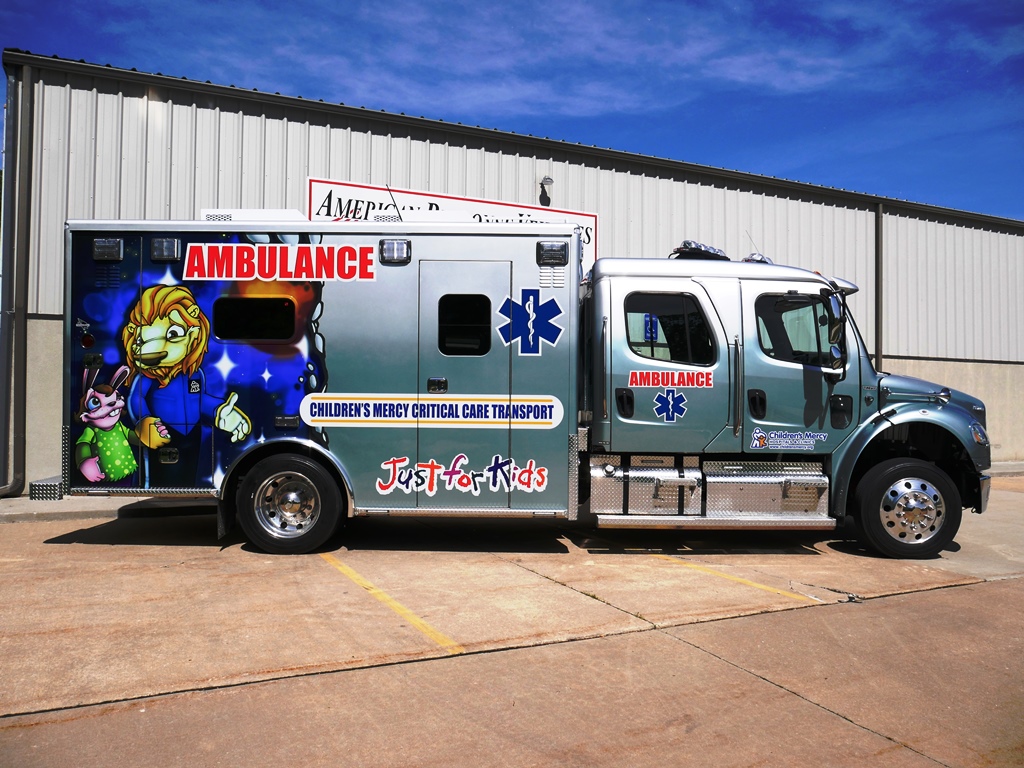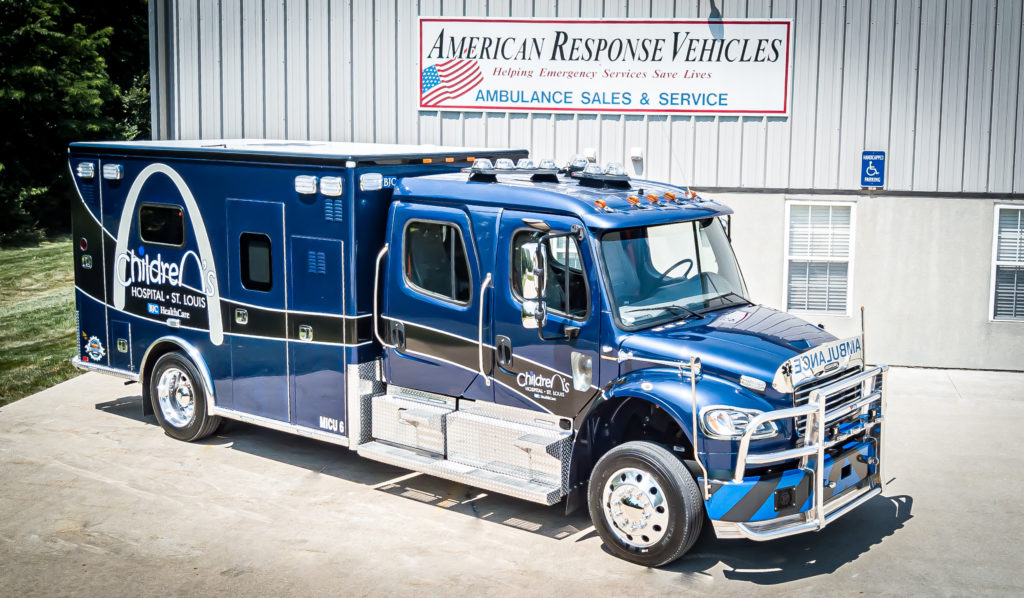Ambulance Buying Guide
Your 3-Step Guide on How to Buy an Ambulance
Congratulations on starting your search for a used ambulance. At American Response Vehicles, we want you to feel educated and assured of your decision at every step of the way. That is why we created this helpful guide to help you narrow down your choices and find the perfect used ambulance for you and your team.
Have specific questions we don’t answer? Contact us to get the help you need today!
1. Know Your Needs
The Decision Process
Before you even start looking, take the time to evaluate the needs of your department or organization.
The first step is to settle on a budget. Although it is likely you are working under a strict financial requirement, try to give yourself some spending flexibility to ensure you can find a vehicle with all of the specs you need in order to operate safely and efficiently.
Many fire and EMS departments, as well as hospitals and health organizations, have a number of stakeholders who will have a say in the type of ambulance to purchase. Once you consult the most important parties, form a list of specs that are important to each person and categorize them into “must-have” and “nice-to-have” categories.
Don’t forget to consult your personnel. They are the ones with the most on-the-ground experience and will likely have strong opinions about what they need and want.
When thinking through your needs and budget for a new ambulance, be sure to consider:
-
- Drivability: How experienced are your drivers? How much training do they have? Departments with less experienced personnel will need to prioritize drivability, including ambulance size and weight.
- Maintenance: How much maintenance are you willing to put in? Do you have a mechanic on staff, or will you have to send it out for professional service? Newer, well-maintained vehicles will need less work over time but will be more expensive up front.
- Space: What type of equipment do you need to fit in your ambulance? How many people need to be able to work at once? Will this change over time? Overloading your ambulance can be dangerous, so it is important to work this out before purchasing.
- Safety: Are you willing to compromise on tech and safety features? Which ones do you consider a priority? Which can you agree to forgo?
- Patient experience: Are you concerned about the ride for your patients? Trucks can be cramped and more difficult to move around in. Larger trucks with more weight and stiff suspensions may have a bumpier ride. Keep these things in mind while narrowing down your needs.
Avoid spending more time deciding on paint striping and design colors than on the specs of your ambulance! Your ambulance is an important investment that will serve not only your current needs but the needs of your department for years to come.
2. Decide on a Type
Type I, II or III? Sprinter? Remount? Once you decide on your needs, you can start thinking about what type of ambulance you need.
Type I
Type I ambulances are some of the largest ambulance options available. These vehicles have a square patient compartment and are mounted on a large, truck-like chassis. Many heavy-duty ambulances are of this type. They are versatile and are found in various different emergency settings, and can be converted for unique and specialty use. Type I ambulances can be built on a Ford, Dodge, or Chevrolet chassis. Learn More

Type II
Type II ambulances are built using a van-type chassis, with a raised roof being the only major modification to this vehicle beyond a standard van. Type II ambulances are mostly used by hospitals and health organizations to transport patients who require basic life support features. Some of the benefits of type II ambulances include their compact shape, versatile construction, and economical purchase and maintenance costs. Type II’s can be built on a Mercedes Sprinter, Ford Transit, or Chevrolet van. Learn More
Type III
Type III ambulances combine the unlimited options of Type I with the economic benefits of Type II. Wide, narrow, short, or long modular bodies are built with the same safety standards as the type I’s, greatly exceeding what is required. Type III’s can be on a Mercedes Sprinter, Ford, or Chevrolet cutaway vans. Learn More

Remember, budgets are important, but make sure your budget is truly in line with your needs. Failing to invest up front could lead to more problems down the road. Understand the makes and models
Once you decide on a type, you can explore the models. View our brand pages and current inventory to learn more about what makes and models are available for what you are looking for:
Review the maintenance history
As with buying any used car, be sure to look at the maintenance history of the ambulance you are considering. What seems like a good deal may be holding some past damage under the hood.
Note that some used ambulances lack or have an incomplete maintenance history. Don’t immediately rule these options out. But do make sure to inspect for signs of damage and wear and tear to get an accurate read on how the vehicle was cared for.
Possible red flags:
-
- Accidents & damage reports
- Frequent changes in ownership
- Excessively high mileage
- Flood damage
- Excessive wear and tear
- Failing a comprehensive inspection
Ready to look for vehicles? View our current inventory.
3. Customization and Upkeep
Design and wrapping
Once you’ve picked your ambulance, then you can start thinking about the design. Your ambulance design is an important factor — it will influence how your community recognizes you.
What you’ll want to have before creating your wrapping:
-
- A district or organization logo
- Brand colors
- Fonts or font styles
- An idea of designs you like
If you need help with your visuals, we offer logo design, custom graphic design, vehicle wrapping, perforated window graphics and professional installation in our climate controlled shop.
All of our graphics are printed on industry-grade 3M reflective material and are backed with a 7-year/70,000 mile limited warranty.
Custom Ambulance Graphics from ARV
Preventative Maintenance
The last step after you’ve bought your used ambulance is making sure it stays in top condition. Used ambulances should be checked routinely to catch any problems early and to prevent new ones from forming.
A typical preventative visit to our vehicle service center includes inspecting:
Exterior
-
- All component doors and door hardware for proper functionality
- All exterior add-on lights for proper functionality
- Proper function of all audible warning devices (sirens and horns)
- Proper function of auxiliary suspension
Interior
-
- Conversion electrical
- All compartment lighting for proper function.
- HVAC filter
- Interior cabinets and drawers
- Patient compartment restraints and cargo nets
Creative Uses and Conversions for a Retired Ambulance
Used ambulances are climate controlled and can make great tools for equipment storage and movement. Ambulances often have plenty of life left after they are retired, making them attractive for buyers looking for a deal on a versatile truck.
We’ve seen used ambulances repurposed for all sorts of creative uses! Here are just some of the examples we’ve seen in the past.
1. Work trucks
An ex-ambulance makes a unique alternative more expensive used work trucks. Converted ambulances are outfitted for mixed-use and have plenty of power and space to get the job done.
2. Transport and moving
Climate-controlled interiors make moving heavy or expensive objects safer. We’ve seen ex-ambulances easily converted into transportation and moving vehicles.
3. Mobile pet grooming
Mobile pet spas bring the dog grooming to your front door. Ex-ambulance can be ideal for this business conversion because of their advanced electrical and climate controls.
4. Furniture delivery
Ambulances have plenty of space to move furniture from store to door. Consignment and furniture stores looking to save money on overhead can convert a used ambulance into a lower-cost delivery vehicle.
5. Band trucks
Bands with large, sensitive equipment can move gear around in a climate controlled van or truck. It a creative and cost-effective way to make sure your band sticks out at any gig.
6. Food trucks
We’ve seen it happen! We’ve seen buyers who were able to cost-efficiently convert used ambulances into restaurants on wheels.
7. Campers and leisure
Party vans, campers, RVs, bachelor pads — we’ve seen it all. Some conversions may be more tasteful than others, but at the end of the day, anything is possible.
Rely on the Used Ambulance Experts
If you’re new to buying a used ambulance, we understand that the process may feel overwhelming at first. We can help talk you through your individual situation and help you decide on the type of ambulance that best suits your needs.
Contact us anytime. We look forward to showing you our commitment to always offering first-class service. Give us a call and let us go to work for you. 573-443-8881 or 1-888-448-8881.






